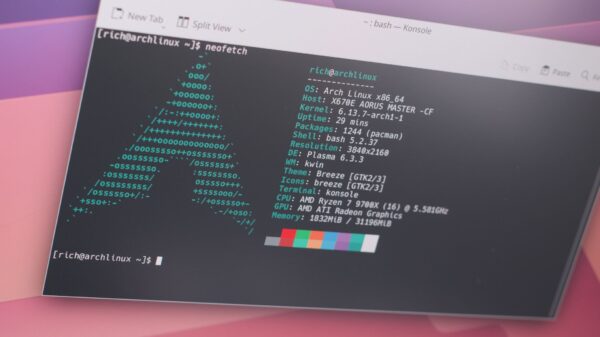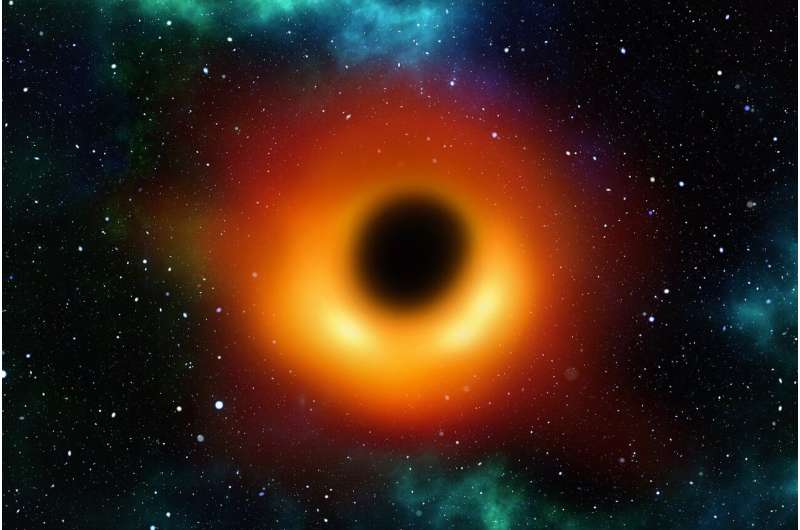Black holes are fascinating phenomena in cosmology, regions of spacetime where gravity is so strong that nothing can escape. Recent research conducted by scientists at the Niels Bohr Institute, University of Lisbon, and other institutions has made a significant advancement in understanding these cosmic giants. Their study reveals that black hole mergers not only produce gravitational waves but also generate observable late-time gravitational-wave tails, a concept long theorized but not conclusively confirmed until now.
In a paper published on November 13, 2025, in Physical Review Letters, the researchers utilized simulations based on Einstein’s general theory of relativity to explore the existence of these tails. They found that these tails could have a larger amplitude than previously predicted, thereby offering new opportunities for future observations with gravitational-wave detectors.
According to Marina De Amicis, the first author of the study, the initial phase of a black hole merger—known as the ringdown—produces a distinct signal that is typically observed in gravitational-wave data. De Amicis stated, “This phase is not the end of the story.” The research shows that once the ringdown fades, spacetime remains slightly distorted, leading to a final ‘whimper’ known as a tail.
The researchers aimed to investigate whether similar tails existed in merging black holes and how they compared to those predicted by simpler theoretical frameworks. Previous studies had suggested the potential for gravitational-wave tails in uncomplicated situations, yet this new research delves into the complexities of realistic black hole mergers.
To achieve this, the team conducted numerical relativity simulations, which solve the equations of Einstein’s relativity. De Amicis explained, “There are two main challenges in ‘seeing’ tails in numerical relativity simulations.” The first challenge is that tails are generally weak and often masked by numerical noise. To address this, the researchers focused on head-on collisions, which naturally amplify the tail signals.
The second challenge involves the limitations of numerical simulations that only encompass a limited portion of the surrounding space. This truncation can obscure or even cancel the tail signals. The team succeeded in extending the spatial coverage of their simulations, allowing for a more accurate representation of these elusive tails.
Their findings suggest that the late-time tails not only exist but may also carry unique information about gravity’s nonlinear interactions. De Amicis noted, “What is remarkable is that we found a new way to study this aspect of gravity at late times—long after the binary merger itself.” This could have important implications for future research, as the simulations indicate that nonlinear effects can be examined not only during the merger phase but also for an extended period afterward.
The researchers aim to further explore the nonlinear characteristics of the late-time tail and how these signals can enhance our understanding of general relativity and the universe. They plan to assess the observational conditions necessary for detecting these tail signals using current and future gravitational-wave observatories, potentially unlocking new insights into the cosmos.
This groundbreaking research contributes to our understanding of black hole mergers and their aftermath, paving the way for future experiments and discoveries in the field of gravitational physics. The implications of these findings extend beyond theoretical physics, offering a new lens through which to examine the structure of the universe itself.







































































